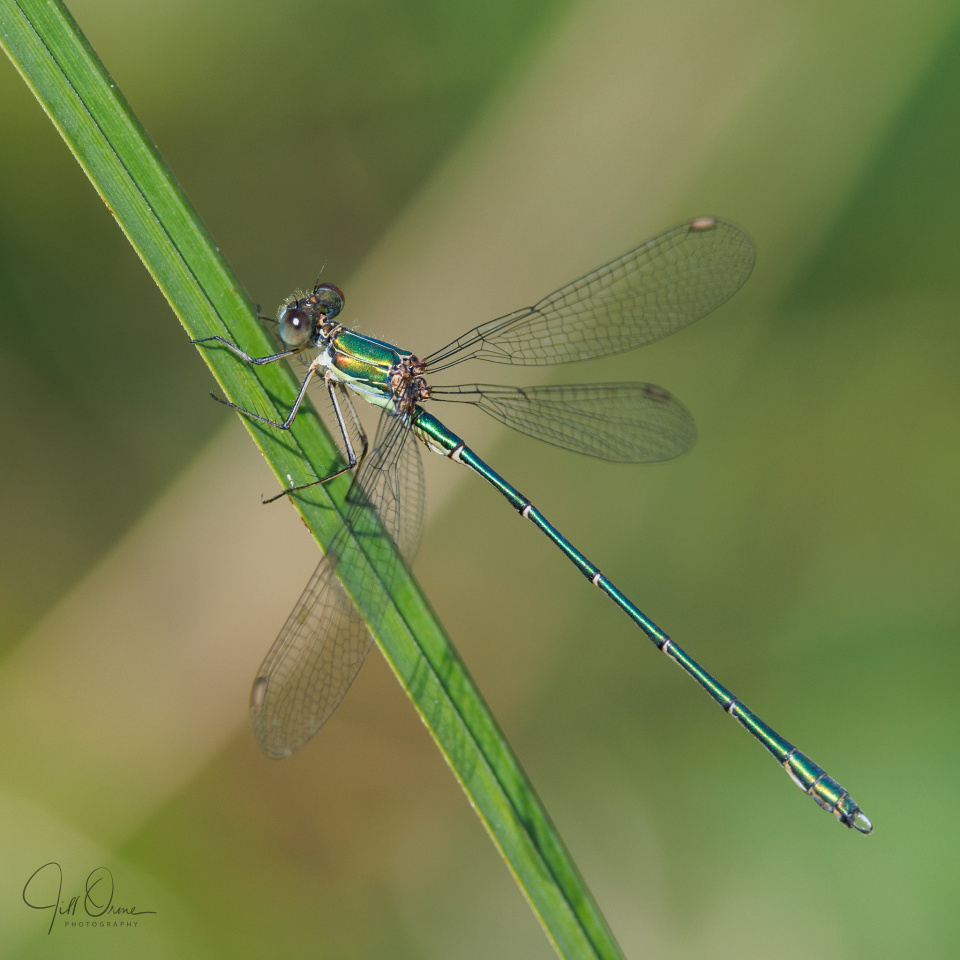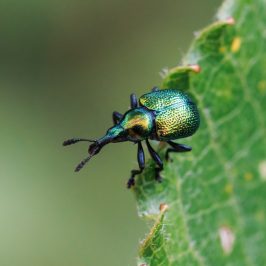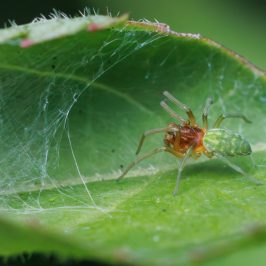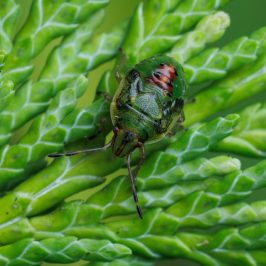This morning’s internal debate went something like this:
Draycote Water? Ferruginous Duck and Black-necked Grebe; huge area, so not necessarily good for photos, but lots of easy walking; car park; coffee; nearly an hour away, and quite often frustrating…
Grafton Wood? Brown Hairstreaks and Willow Emerald Damselflies; both elusive, but there’s usually something there (except when there isn’t); half-mile walk across fields from the car park, plus the same again from the entrance to the first pond; no café in the area; only half an hour away, but quite often frustrating…
There have been too many days in previous seasons when this kind of deliberation went back and forth for so long, and to so little good effect, that in the end I wound up staying at home, but right now R and I have a pact to avoid missing out on opportunities, so in the end I tossed a mental coin, and set off for Grafton Wood. Which wasn’t, I then remembered, half an hour away just at present, because Bidford Bridge is closed for repairs and the detour via Evesham was going to add about another quarter hour to the journey. And – breathe…
Anyway, I got there, circuitously, and luckily it wasn’t too hot, which lessened the irritation of the trudge from the car to the pond. I couldn’t immediately see much other than the ever-patrolling Southern Hawkers, but another photographer kindly pointed out my first Willow Emerald of the day, and after a little while I got my eye in and began to find some others. I even spotted a tandem pair in a blackthorn tree next to the pond, which was momentarily exciting because despite their common name female Willow Emeralds will oviposit into various kinds of tree branches, not just willows. But sadly on this occasion, after probing the bark the female rejected the blackthorn, and the pair moved on without any eggs being laid.
Willow Emeralds are appreciably longer than Common Emeralds: this male Willow will be about 5cm in length, whereas a male Emerald would only be around 4cm long. However, they don’t have any extra bulk to balance that length, so they end up looking rather attenuated. Viewed from the opposite angle, once you’ve spent a while chasing down Willow Emeralds, Emerald Damselflies look distinctly short and bulky, even though objectively they’re neither.
Other distinctive features of Willow Emerald Damselflies are their large, pale wing spots (in the Emerald Damselfly the pterostigmata are dark); and an irregular lower border to the metallic dark green colouring of the thorax, where it meets the paler green of the ventral surface – this is usually described as a dark spur, but to my contrary eye it looks like a pale one, and this is the feature I look for first. Male Willow Emeralds don’t have the blue eyes that are an identification feature of male Emerald Damselflies, nor the blue pruinescence on the thorax and the base and apex of the abdomen, and whereas male Emeralds have dark anal appendages, in male Willows these are pale with black tips.
Even relatively recent books on British Odonata describe the Willow Emerald Damselfly as being confined to East Anglia, but having broken out of that area it spread very rapidly across southern England and into the Midlands. It first arrived in Worcestershire in 2022, but I didn’t see one until last year, when I failed to spot any at Grafton Wood, but then had a single brief encounter and got a very poor photo opportunity at Croome. The number I saw today at Grafton make me hopeful that the species is now more firmly established here in the Shire.







